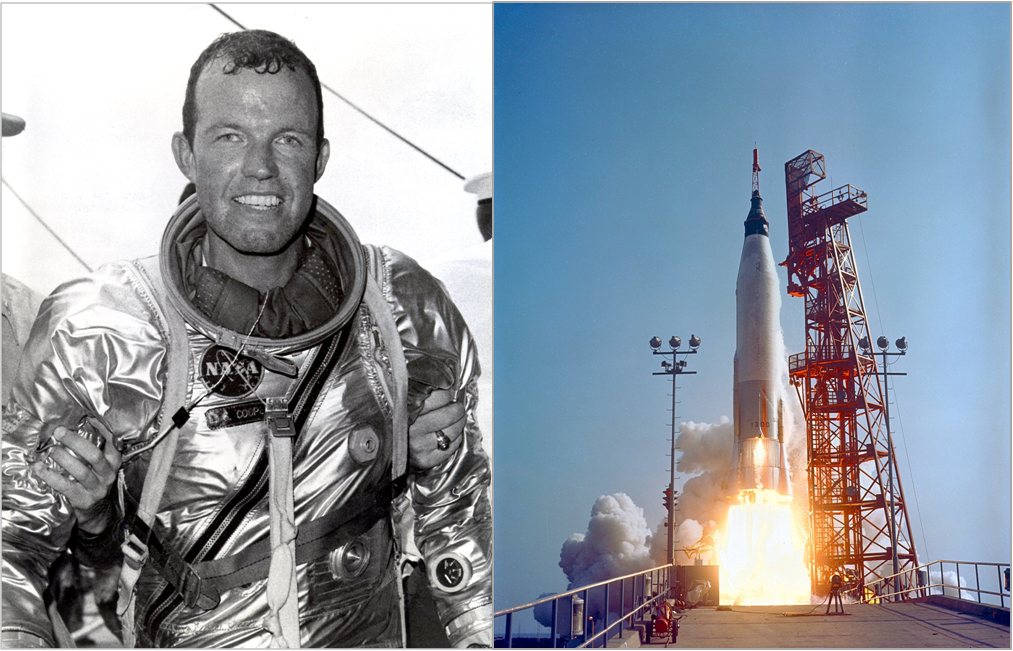
Forty-Eight years ago today, President John F. Kennedy called a special session of the United States Congress to bring before that august body a variety of issues which he referred to as “urgent national needs”.
The transcript of President Kennedy’s speech indicates that the ninth and last issue addressed by the President was simply entitled SPACE. The most stirring words of that portion of his speech may well be these:
“I believe that this nation should commit itself to achieving the goal, before this decade is out, of landing a man on the moon and returning him safely to the earth. No single space project in this period will be more impressive to mankind, or more important for the long-range exploration of space; and none will be so difficult or expensive to accomplish.”
Although he did not live to see the fulfillment of that goal, the record shows that 8 years, 1 month, and 26 days later, the United States of America did indeed land a man (men) on the moon and returned him (them) safely to earth before the decade was out.
Thus, as a country, we can say now, even as we said then to our departed leader: Mission Accomplished, Mr. President.

Forty-six years ago today, NASA Astronaut Leroy Gordon Cooper successfully returned to the Earth following a 22-orbit mission. Designated Mercury-Atlas No. 9 (MA-9), Cooper’s flight was the final orbital space mission of the Mercury Program.
It began with lift-off from Cape Canaveral, Florida at 13:04 hours GMT on Wednesday, 15 May 1963. Splashdown of his Faith 7 spacecraft occurred 70 miles southeast of Midway Island in the Pacific Ocean on Thursday, 16 May 1963. Mission total elapsed time was 34 hours 19-minutes 49-seconds.
While the first 19 orbits of the MA-9 mission were mostly unremarkable, the final three orbits tested Cooper’s mettle and piloting skills.
By the time that he manually initiated ripple-firing of the retro motors at the end of the 22nd orbit, Cooper was flying a dead spacecraft. The electrical system was not functioning, the environmental control system was saturated with carbon dioxide, and even the mission clock was inoperative. Temperatures in the spacecraft exceeded 130F.
Cooper had to align his spacecraft for retro-fire using the horizon as a reference, used a watch for timing, and manually operated the reaction control system to counter dangerous spacecraft oscillations during the retro burn.
Cooper also manually controlled Faith 7 during entry and initiated deployment of the drogue and main parachutes.
Incredibly, Cooper landed within 5 miles of the recovery ship USS Kearsarge. In so doing, he established the record for the most accurate landing in the Mercury Program. Gordon Cooper was the last American astronaut to orbit the Earth alone.



